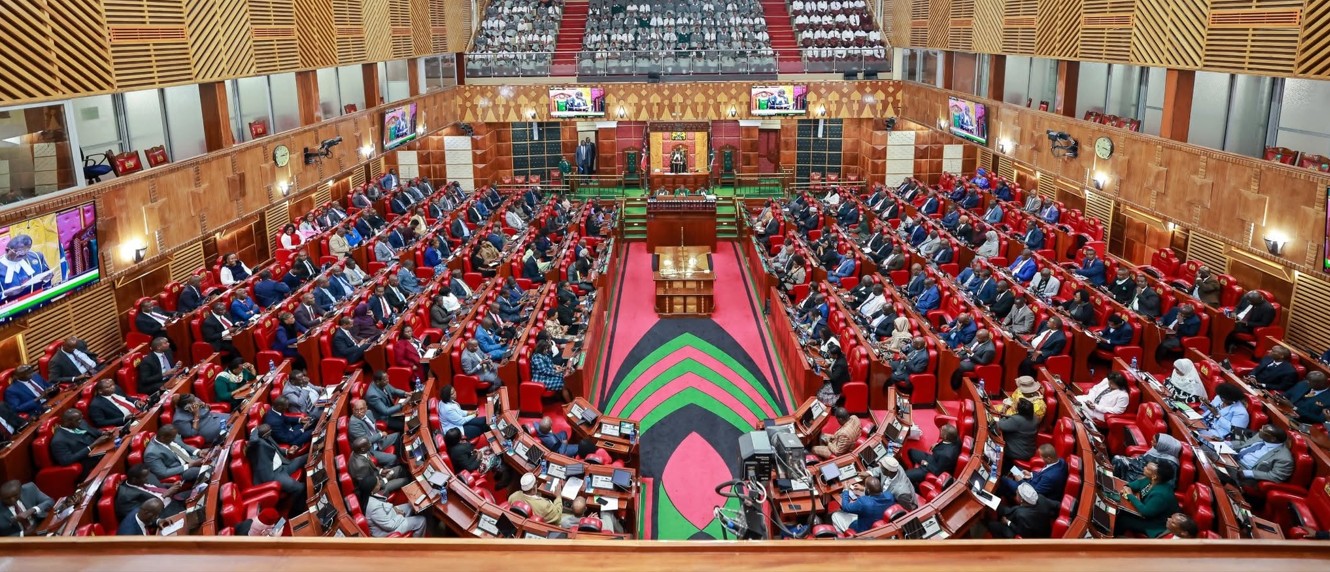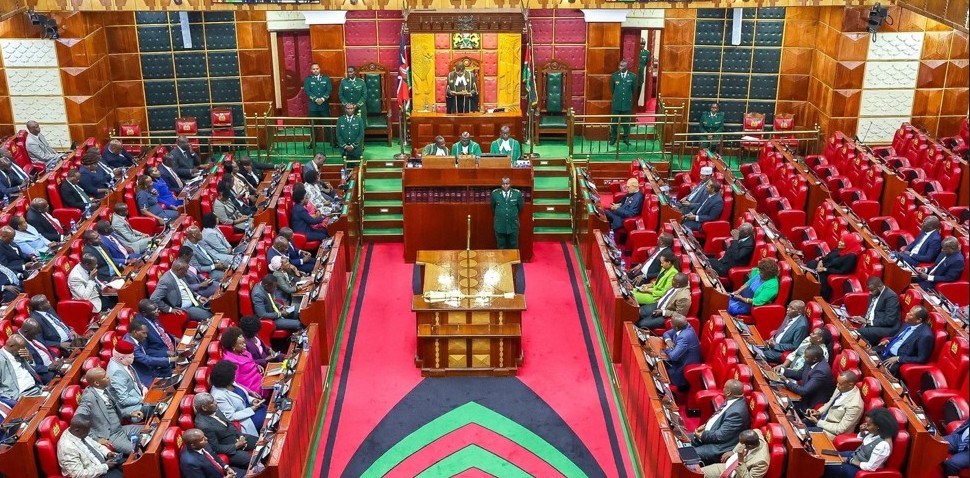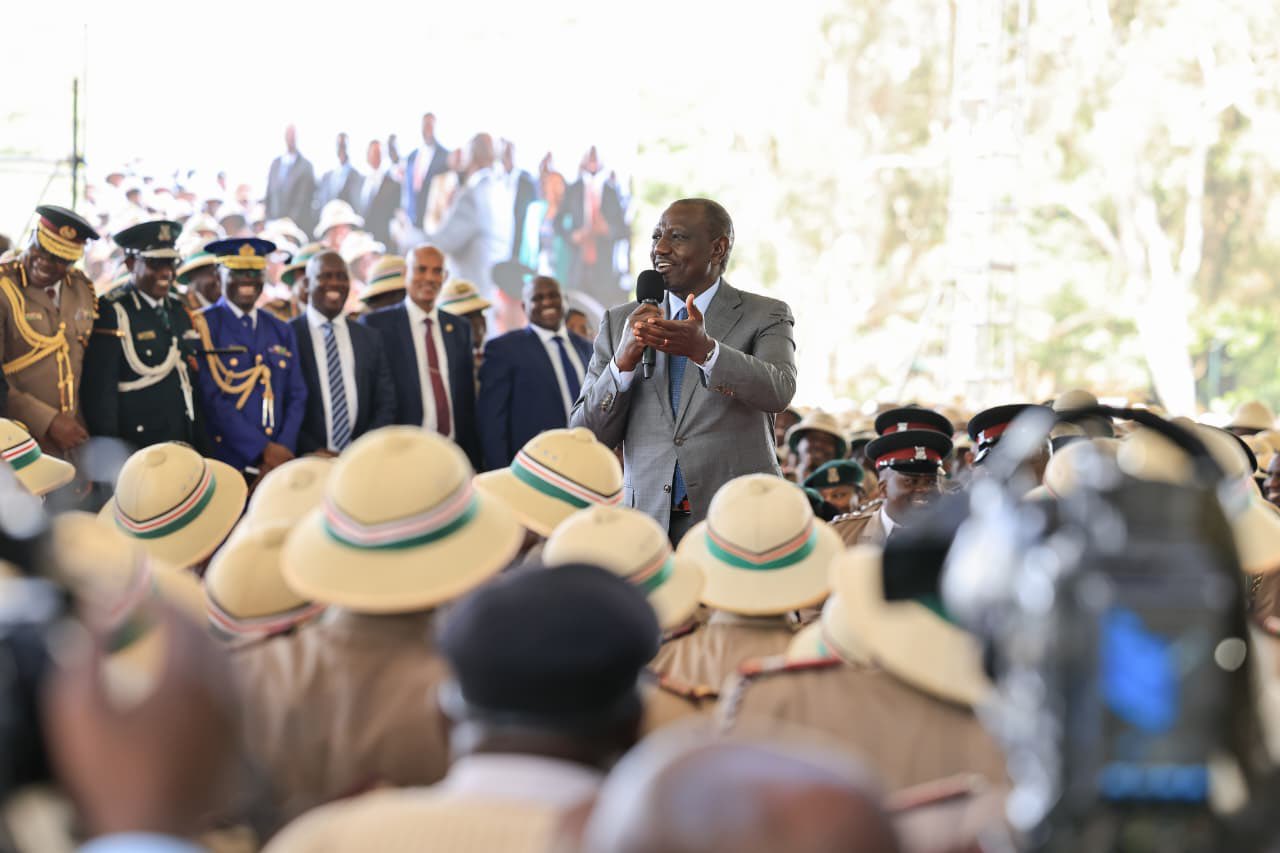MPs demand answers over unfair teacher postings, hardship allowances

This follows complaints by legislators who said some teachers from urban centres were being posted to hardship areas and promoted to leadership roles, while qualified local teachers were overlooked.
A parliamentary committee has directed the Teachers Service Commission (TSC), Salaries and Remuneration Commission (SRC), and the Public Service Commission (PSC) to submit a detailed report within a month on the criteria used to allocate hardship allowances and post teachers across the country.
This follows complaints by legislators who said some teachers from urban centres were being posted to hardship areas and promoted to leadership roles, while qualified local teachers were overlooked.
More To Read
- Teachers to stay in same schools after promotions under new TSC policy
- SHA transition sparks tension as teachers cite lack of consultation, legal violations
- Court clears TSC CEO recruitment petition for full trial
- TSC announces recruitment of 9,159 teachers nationwide
- Senators demand permanent jobs for 20,000 junior secondary intern teachers
- Tension mounts as school heads, teachers’ union reject new TSC leadership structure
Members of the National Assembly Implementation Committee accused TSC of sidelining indigenous teachers and failing to distribute staff fairly.
Kajiado East MP Kakuta Maimai said the move had caused discontent among teachers from local communities who feel excluded from opportunities in hardship zones.
“I find that headteachers posted in these rural schools with hardship allowances are often teachers who are handpicked. So, I'm having a big backlash from teachers from the local community, saying that they are not being given to head schools in the rural areas where there's hardship allowances,” he said.
Committee chairperson Raphael Wanjala supported Maimai’s remarks, saying his constituents in Bundalang’i had raised similar concerns.
He accused TSC of displacing local teachers and replacing them with non-locals who benefit from the hardship perks.
“This is the same question asked of many people from constituencies of hardship areas, who usually displace the indigenous. Now the indigenous are forced to go and teach in schools where there's no hardship allowance. However, non-locals are brought in in large numbers and take over. It is just not right,” Wanjala said.
The committee also raised concerns about the general shortage of teachers in rural areas. Maimai told the committee that in Kajiado, schools in urban centres were overstaffed while those in remote parts faced serious shortages, questioning the criteria used by TSC in deploying teachers.
“My constituency is both urban and rural, and some of my teachers have what is called a hardship allowance. I find that the schools in urban areas, like around Kitengela and Isinya, are oversupplied with teachers. But as you go into the interior of my constituency, there is a big shortage in every school. I don't know what formula TSC uses in Kajiado,” he said.
Appearing before the committee, TSC Acting Secretary Eveleen Mitei, Public Service Principal Secretary Jane Imbunya, and SRC Acting Secretary Margaret Njoka responded to a public petition on house allowances for teachers in Kilifi municipality.
Njoka said the SRC used reports from the Ministry of Public Service to guide the classification of hardship areas.
“I wish to note that the court recommendation review cycle has now started this month of July, and house allowance is one of the areas that we are considering in terms of the review. So yes, we are aware of the disparities that are arising from having the three clusters. But we also wish that, because it is progressive harmonisation, we are also in the discussion in the National Treasury so that we can get the necessary funding,” she said.
Imbunya told the committee that the matter raised in the petition was within the responsibilities of the SRC and TSC, and that allowance rates for cluster 3 (other former municipalities) and cluster 4 (other areas) had been harmonised as of July last year.
“This means that teachers stationed in Kilifi Municipality are being paid rates in cluster 3. The issue of payment of enhanced house allowance for teachers stationed in Kilifi Municipality has been resolved by SRC and TSC,” she said.
Mitei defended the 2025–2029 Collective Bargaining Agreement, saying the TSC had negotiated with teachers’ unions based on proposals they submitted.
Although the unions had asked for a 30 to 50 per cent increase in house allowances, she said the commission retained the current rates due to limited funding. The allowance structure continues to be based on Nairobi, major municipalities and other areas.
Top Stories Today












































